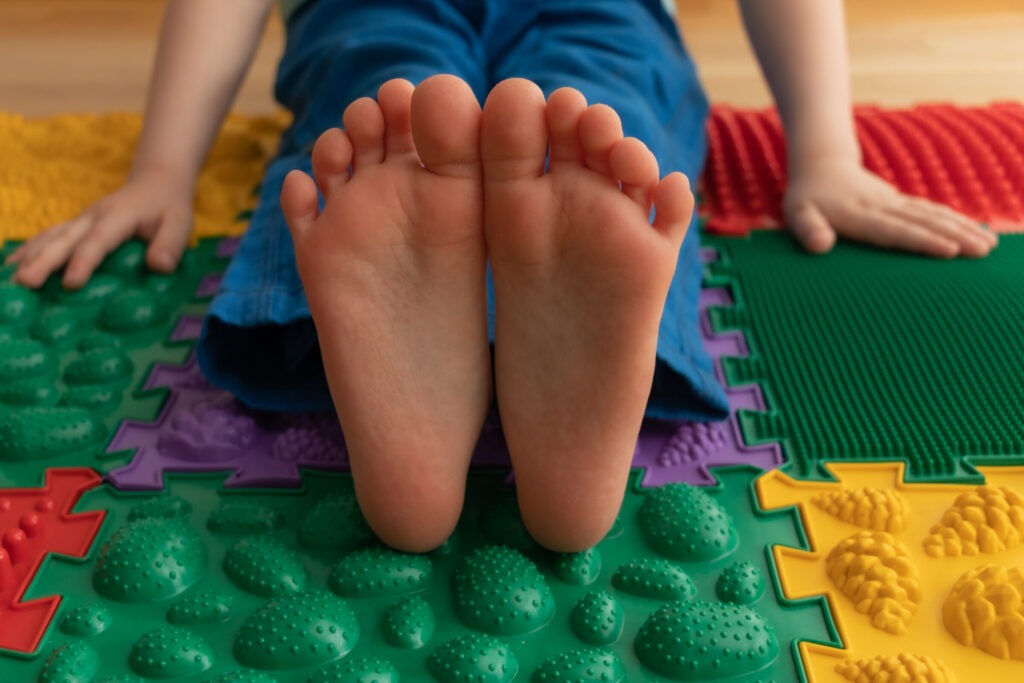As kids head back to school and dive into sports, many parents start to notice a common complaint: heel pain. If your child is limping after football practice, complaining of sore heels after PE, or avoiding their usual physical activities, they may be experiencing Sever’s Disease ,a common cause of heel pain in growing children.
What is Sever’s Disease?
Despite the name, Sever’s Disease (also called calcaneal apophysitis) is not a disease in the traditional sense, it’s a growth plate injury. It occurs when the growth plate in the heel (calcaneus) becomes inflamed, typically due to repetitive stress or overuse.
This condition is most common in active children between the ages of 8 and 14, particularly those involved in running or jumping sports like football, basketball, gymnastics, and running.
Why Does It Happen?
During growth spurts, a child’s bones can grow faster than their muscles and tendons. In the heel, this creates extra tension where the Achilles tendon attaches to the still-developing growth plate. Add repetitive stress from running, jumping, or playing on hard surfaces, and this area becomes irritated and inflamed, leading to pain.
Common Symptoms of Sever’s Disease
- Heel pain during or after physical activity
- Limping or walking on tiptoes
- Swelling or tenderness in the heel
- Stiffness in the foot when waking up or after rest
- Pain in both heels (though it can be one-sided)
Why Now?
As summer has ended and kids return to more structured activities, their sudden increase in physical intensity, often on hard school surfaces, can trigger or worsen symptoms. New shoes, or runners with poor heel support, may also contribute to the problem.
How is Sever’s Disease Treated?
The good news? Sever’s Disease is temporary and does not cause long-term damage. Most children recover fully with rest and proper care. Treatment typically includes:
- Activity modification: Reducing high-impact activities to allow healing
- Ice therapy: Applying ice packs to the heel to reduce inflammation
- Stretching and strengthening exercises: Especially for the calves and Achilles tendon
- Orthotic support: Custom or over-the-counter inserts to reduce heel stress
- Proper footwear: Supportive shoes with good cushioning and arch support
- Physical therapy: In some cases, to guide healing and return to sport safely
When to See a Podiatrist
If your child’s heel pain persists, worsens, or begins to affect their daily activities, it’s time to see a podiatrist. A professional evaluation can rule out other potential causes of heel pain and ensure the right treatment plan is in place.
At South Dublin Podiatry, we specialise in pediatric foot care and sports injuries. We’ll work with your child to get them back to the activities they love, safely and pain-free.
If you are concerned about your child’s feet, please contact us on 01-9012009 👣

